Plays at META 2018 [New Delhi]
- Deepak Sinha
- Apr 20, 2018
- 4 min read
HOJANG TARET
The play Hojang Taret is a Greek tragedy about ethical ambiguities of fraternal conflict that led to the destruction of the city of Thebes. It is based on Phoenician Women, a tragedy written by Euripides, between 411 and 409 BC, in the aftermath of a major defeat of his homeland, Athens.
Caucasian Chalk Circle
Caucasian Chalk Circle, a play originally by Bertolt Brecht, is the story of Grusha, a peasant, forced to flee a Caucasian city as a result of a revolt. She saves the abandoned child of the city’s governor who has been killed and develops strong maternal instincts towards the baby. She crosses dangerous hurdles and makes several sacrifices for the sake of this child.
NONA
Nona, a socio-political satirical play, directed by the acclaimed Malayalam theatre personality, Jino Joseph, is set in rural India and examines pseudo – nationalism and casteism through the story of Govindan, his family and neighbours. The narrative is about how Govindan’s conniving son Prasanth through his project of an advertisement film about the map of India in his courtyard creates boundaries that change the dynamics of a peaceful and connected community. Ultimately the villagers with the help of Govindan see through the sly motive of Prasanth and fight him back. The play culminates with the villagers rejoicing after wiping out the boundaries created by Prasanth.
Moimonsingha Geetika
Moimonsingha Geetika is a Bengali folk ballad which envisions a society that allows women to love freely. The play tells the story of a girl, Mahua, the daughter of a Brahmin living in Gara mountain, who is kidnapped by a group of gypsies when she is only six months old. At the age of sixteen, she falls in love with a prince called Nader Chand. The gypsy leader Hoomra is opposed to this and orders Mahua to kill Nader Chand. Mahua kills herself instead and later the gypsies kill Nader Chand. Mahua’s story is an eternal tale of love and loss and the unassailable strength of a woman.
Higuita: The Goalie’s Anxiety at the Penalty Kick
Higuita: The Goalie’s Anxiety at the Penalty Kick is a dramatization of the famous story “Higuita” written by acclaimed writer N.S. Madhavan. This nail-biting play, based in Delhi, is the story of a devout and well-meaning Christian priest, Father Geevarghese, who saves a tribal girl called Lucy Marandi from the clutches of the evil Jabbar. The protagonist, Father Geevarghese, is inspired by his real-life hero, the maverick Colombian goalkeeper José René Higuita Zapata, and manages to rise to the occasion with a kind of spunk and heroism not normally attributed to a priest.
Comfort Women: An Untold History
War has always been one of humanity’s most tragic truths causing not only soldiers to suffer physically on battlefields but also unleashing deeper invisible wounds. The terms “comfort women” refer to the “Korean Comfort Women”, victims of the cruelty of Japanese imperialism during World War II, who brought out their tragic secret to the world in the 1990s.
This play tells the untold story of the abuse by Japanese soldiers in eastern India during the same war through the plight of Sarengla, a village girl, who too loses her dignity to war and to the brutality of the Japanese army; it chronicles her struggles of abuse and survival and of the child which grows in her womb. War begets war and the Second World War sets off another war in Sarengla’s life – that of staying alive.
Karuppu
Karuppu is a dance-drama based on the age-old Dravidian cultural rituals depicting a universe that absorbs all imbalances like a black hole from which rebirth of everything anew is possible. It is presented through the ultimate union of Purusha (male) and Prakriti (female) energies and the birth, destruction and rebirth of the universe.
The theatrical experience takes us through the separation of Purusha from Prakriti that destroys the universe through mythical characters including Iphigenie, Ophelia, Medee and Kali; the destruction is not permanent, as nothing is. Only in the powerful destruction of the world and all its constituent materials and forms by Karuppu (Dark energy) is the reunion of Consciousness and Nature possible giving rebirth to all of existence.
MUKTIDHAAM
This play is set in the 8th century, in a Matha (Hindu monastery) at a time when the Buddhist Pala kings were the dominant rulers of Northern and Eastern India and mass conversions to Buddhism were widespread.
The story explores the conflict between two diverse ideologies represented by two protagonists pitted against each other.
The head of the Matha, ‘Nath Nand’ is soon to retire. Nath Nand, who has always separated religion from politics, is faced with a dilemma. Which of his students shall be his successor? Will it be Yuyutsu, who believes in reform and opening the doors of the temple to the lower castes? Or Agnivesh, who believes in raising an armed resistance to Buddhism?
Shikhandi: The Story of the In-betweens
Shikhandi, a character from the Mahabharata, is perhaps one of the earliest trans-genders known in mythology. Shikhandi was meant to be born male to avenge an insult in her past life as Amba. But she is reborn female, raised male, has a sex change on her wedding night when she runs away into a forest, and finally fulfils her destiny – to be the cause of Bhishma’s death. A comic, tongue-in-cheek retelling of the story of Shikhandi, mixing the traditional with the contemporary, the play questions maleness, femaleness, and everything in between. The play was a runner-up at the Sultan Padamsee Playwriting Awards 2016, and was also awarded the Laadli Media Award for Best Play in 2017.
Item
The underbelly of Hindi Cinema is its B Grade films which were popular before multiplexes. The play Item looks at the B- grade film world through the eyes of L. Rakesh originally a light man and now an assistant to B- Grade superstar Sapna.
Rakesh as a sensitive narrator introduces us to all the milestones of this B-grade film’s actress’ life while exposing the objectification of the female body, the male chauvinistic media that exploits a women’s image to sell its products and the toll it takes on Sapna, who is nothing more than an Item.
Image Source: META













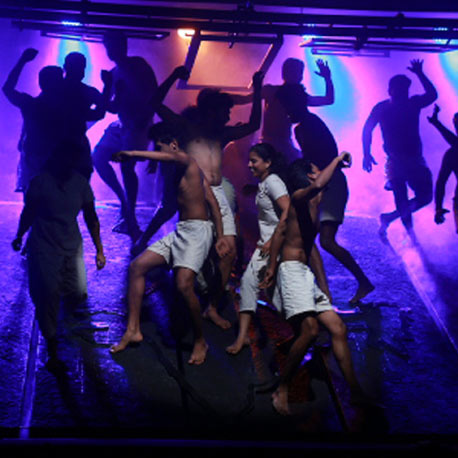

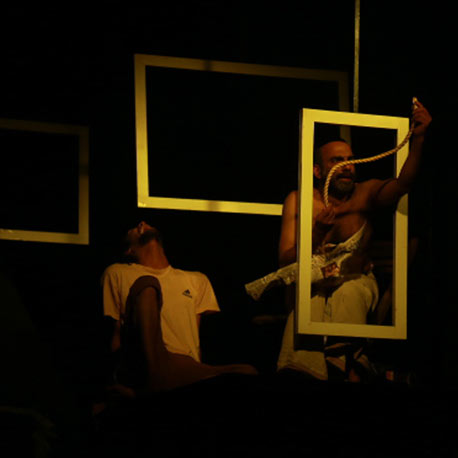

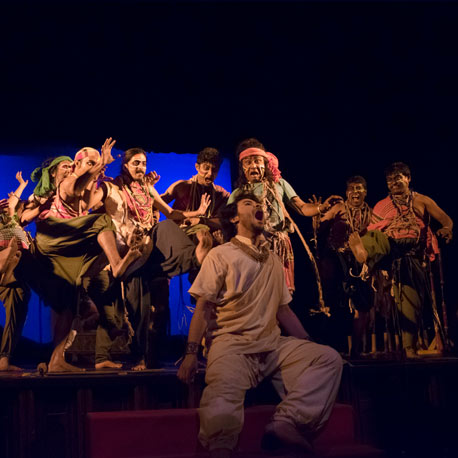





















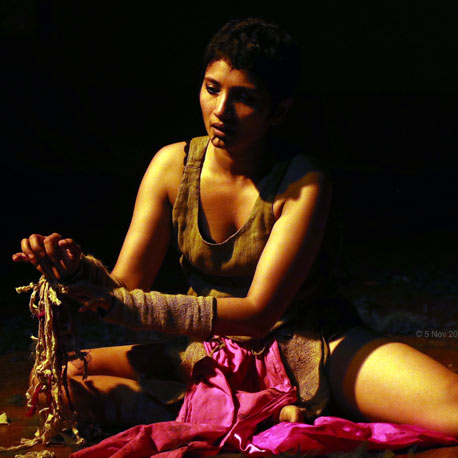

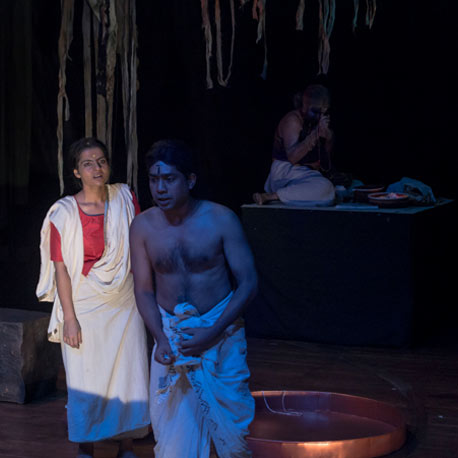











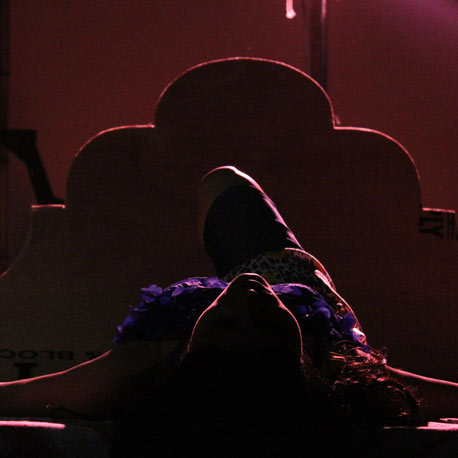



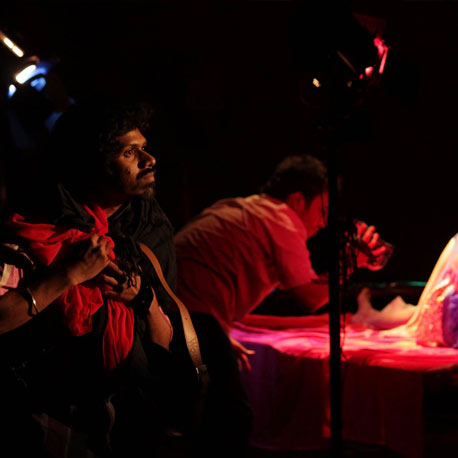


Comments